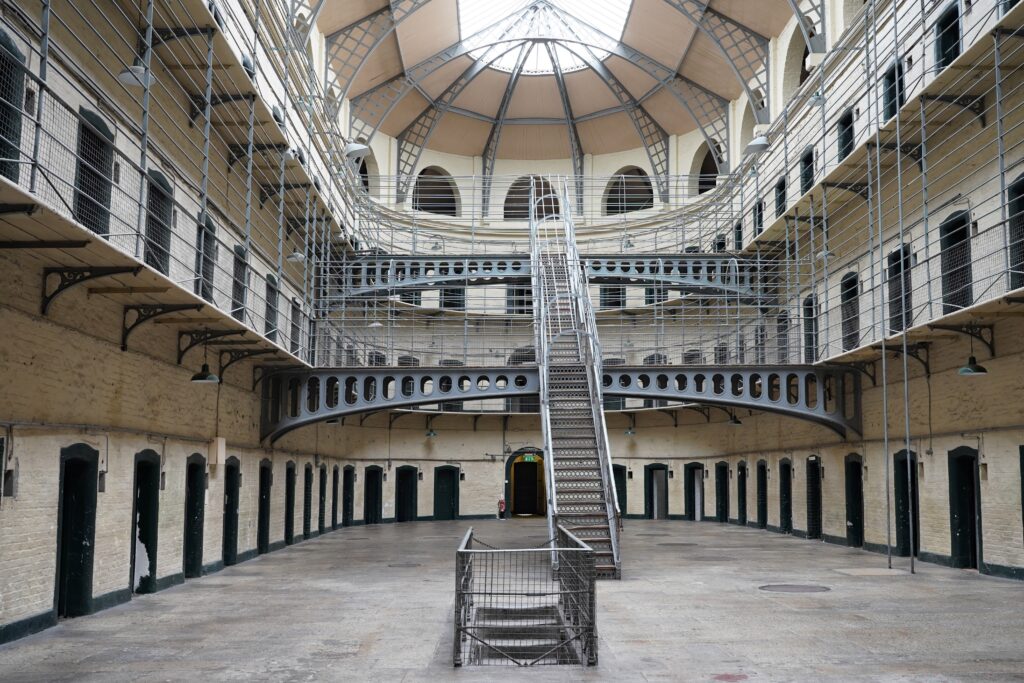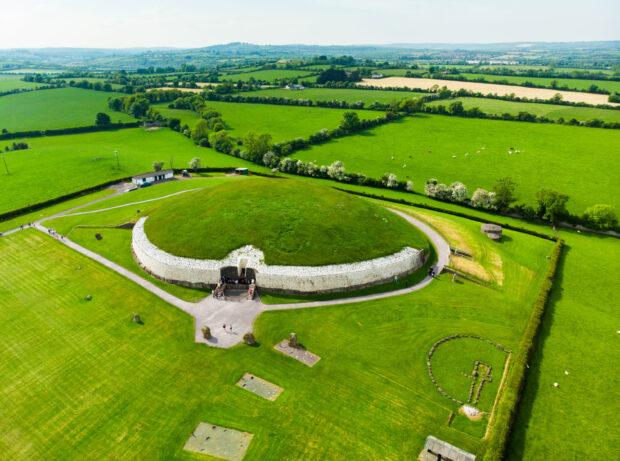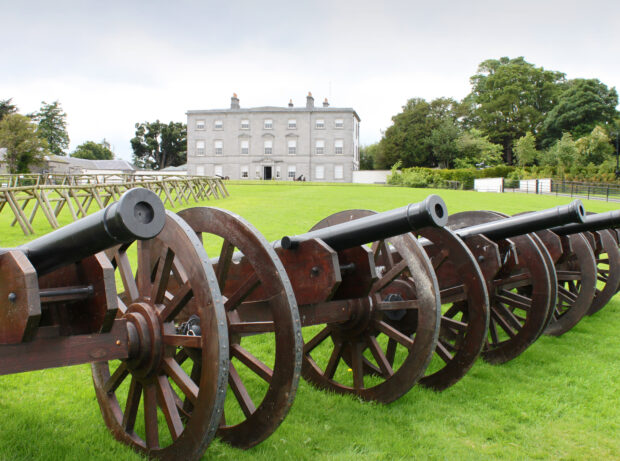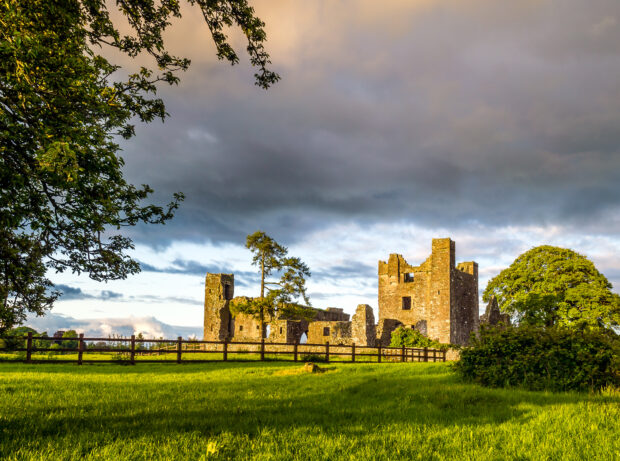Kilmainham Gaol
Kilmainham Gaol is a former prison located in Dublin, known for its significant role in Irish history, particularly in the fight for independence. Opened in 1796, the gaol housed a wide range of prisoners, from common criminals to political figures, including leaders of the Irish rebellions against British rule. It was used by the British government to imprison Irish revolutionaries, especially during the Easter Rising of 1916 and the subsequent War of Independence.
The prison’s architecture is distinctive, featuring a bleak and cold design typical of the late 18th century. Its most iconic section, the East Wing, built in 1862, has an imposing, panopticon-style layout, which allowed guards to monitor all prisoners from a single point. This section of the gaol has often been used in films due to its stark, atmospheric appearance.
One of Kilmainham’s most tragic and pivotal moments came in 1916, when 14 leaders of the Easter Rising were executed within its walls. This event galvanized public support for the cause of Irish independence and made Kilmainham a symbol of the struggle. After its closure as a prison in 1924, the gaol fell into disrepair but was later restored in the 1960s.
Today, Kilmainham Gaol operates as a museum, offering visitors a sobering glimpse into Ireland’s turbulent past. It stands as a monument to those who fought for freedom and is a key site for anyone interested in Ireland’s revolutionary history.







